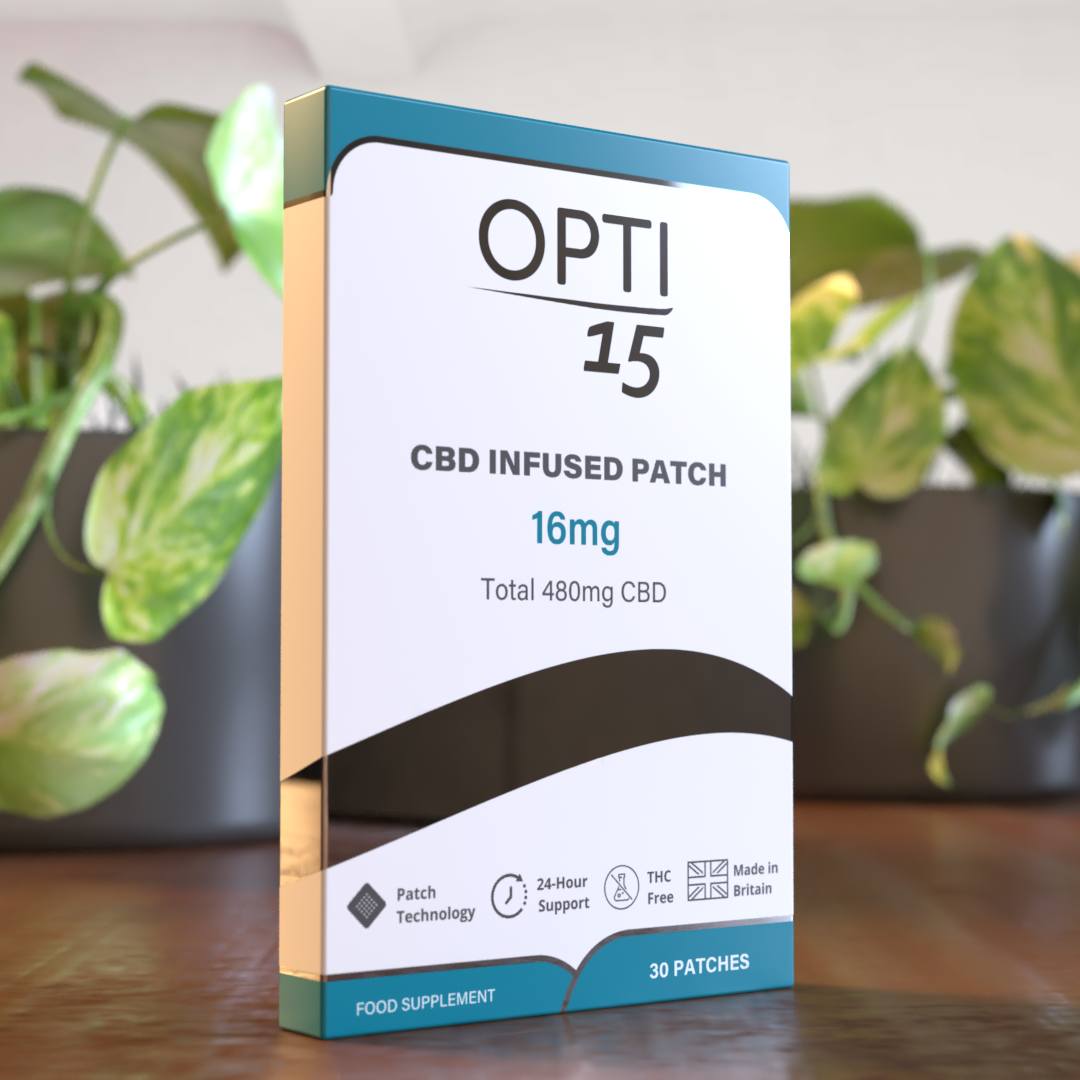Hemp vs Marijuana: Health, Legal, and Usage Differences

The two plants, hemp and marijuana, share a similar appearance and are members of the same species, Cannabis sativa. However, even within the same species, there can be significant differences.
The psychoactive ingredient, tetrahydrocannabinol, or THC, is what distinguishes hemp from marijuana. Since hemp contains 0.3% or less THC, items made from hemp don't have enough THC to provide the "high" that is typically associated with marijuana.
What is hemp?
The term "hemp" describes the types of the Cannabis sativa plant that are grown especially for industrial uses, such as paper, textiles, biodegradable polymers, building materials, and biofuels. As hemp has a low THC content, typically less than 0.3%, it is not intoxicating and is legally different from marijuana.
What is marijuana?
The psychoactive substance known as marijuana, sometimes referred to as cannabis, weed, or pot, is made from the Cannabis sativa plant. THC, the substance that gives marijuana its intoxicating effects, is present in higher concentrations in marijuana cultivars than in hemp.
It is mostly utilized for both recreational and medical purposes because of its capacity to produce euphoria, change perception, and offer therapeutic benefits for several ailments, including glaucoma, chronic pain, and sleeplessness.
Hemp vs marijuana:
The differences between these two plants are uncanny. Let’s explore them individually:
1. Chemical composition:
Despite having distinct chemical compositions, hemp and marijuana are both members of the Cannabis sativa L. species. The main distinction between the two is the amount of THC they contain; hemp has less than 0.3% THC, whereas marijuana has larger amounts that cause psychoactive effects.
2. Botanical characteristics:
Hemp plants are usually tall and lean. They have narrow leaves that are concentrated toward the top. They are cultivated for their oil, seeds, and fibre.
Marijuana plants, on the other hand, are bushier, shorter, and have packed buds and wider leaves.
3. Legal status:
Due to their varying THC contents, hemp and marijuana have rather different legal statuses. Both plants are members of the Cannabis sativa species; however, hemp is unique since it contains less THC.
With a THC value of less than 0.3%, hemp can now be grown, processed, and sold under strict regulations after being taken off the list of prohibited narcotics by the 2018 Farm Bill. This law allows goods made from hemp with less than 0.3% THC to be produced, processed, and sold under strict regulations.
In the case of marijuana, due to its greater levels of THC, it is still classified as a Schedule I substance.
Both customers and companies involved in this rapidly changing sector must be aware of the legal differences between hemp and marijuana. People may make educated decisions about using goods produced from cannabis by keeping up with state and federal laws.
4. Health benefits:
Marijuana and hemp both include cannabinoids, such as CBD, which have potential health advantages without impairing one's ability to function. The only legal products that can be sold as food additives or nutritional supplements are those derived from industrial hemp.
Numerous medicinal uses for CBD, which is extracted from both hemp and marijuana plants, have been demonstrated. Pain treatment, inflammation reduction, anxiety reduction, and better sleep quality are a few typical applications. Although there is still more research to be done in this area, many people have reported success taking CBD for a variety of ailments.
5. Safety concerns with marijuana:
There are issues with excessive THC consumption in recreational marijuana usage, even if the medical cannabis community recognizes the potential advantages of THC when used sensibly and under a doctor's supervision. Increased heart rate, poor balance and coordination, short-term memory loss, and even addiction can result from high THC levels. According to the National Institute on Drug Abuse (NIDA), chronic marijuana use can lead to mental health conditions, including schizophrenia or depression.

Industrial applications:
Both hemp and marijuana have different industrial applications:
Applications of hemp:
A sustainable and adaptable substitute for conventional crops, hemp has a wide range of industrial uses in several fields. These consist of the making of textiles, paper, biofuel, hempcrete for construction, and cosmetics. As hemp has a low THC level, it lacks the euphoric qualities of its related plant, marijuana, which makes it a perfect option for commercial use.
Compared to other crops, the production of industrial-grade cannabis strains, such as hemp, is more environmentally friendly. Hemp plants can be grown without the use of dangerous pesticides or herbicides, and they grow quickly with little water. Through their enormous root systems, they also prevent soil erosion and aid in soil rehabilitation by absorbing toxins from damaged ground. Thus, hemp is a desirable option for farmers who want to use sustainable farming practices.
Hemp can lead to several products:
-
Textiles: Hemp stalk fibres are utilized to make long-lasting, biodegradable, environmentally friendly textiles. They have also been used to make accessories like purses as well as apparel, including shirts, pants, underwear, and shoes.
-
Paper: Hemp-based paper has high quality because it lasts longer than alternatives made from wood pulp. It also uses fewer resources during production because fewer chemicals are needed to transform the raw material into useful products.
-
Biofuels: Biofuels made from hemp provide a renewable energy source that can aid in lowering greenhouse gas emissions in light of growing concerns about the usage of fossil fuels. Studies have indicated the possibility of turning hemp biomass into biodiesel and ethanol.
-
Hempcrete: In comparison to conventional building materials like concrete or bricks, this novel material, which is manufactured from hemp hurds combined with lime, has superior insulating qualities and is both economical and environmentally beneficial.
- Cosmetic manufacturing: Hemp seed oil contains vitamins, minerals, and vital fatty acids. Thus, it is a great addition to a variety of skincare products, including lotions, creams, shampoos, and soaps.
Applications of marijuana:
Marijuana is grown for its potential medical benefits and intoxicating qualities. It is prescribed for a variety of medical ailments and taken by smoking, vaping, or eating. Although there are concerns of impairment and dependency for certain users, recreational usage is common in areas where it is permitted.
Side effects:
Both these plants have their side effects:
-
Hemp: Products made from hemp, especially those high in CBD, are usually regarded as safe and well-tolerated. There is very little chance of intoxication or dependence due to the low THC level. However, because regulations can vary, consumers should be mindful of the source and quality of CBD products.
- Marijuana: Although marijuana has been shown to have therapeutic benefits, particularly when used under medical supervision, excessive THC usage can cause negative effects like increased heart rate, short-term memory loss, reduced coordination, and, in rare cases, mental health problems like anxiety or psychosis. Long-term usage may raise the risk of dependency, especially in people who are more likely to suffer from mental illness.
Conclusion:
In conclusion, hemp and marijuana differ in terms of legality, nutritional value, industrial uses, cannabinoid content, and medical potential. Marijuana's high THC percentage makes it largely employed for its euphoric effects, but hemp's high CBD concentration and low THC amount make it useful for a variety of commercial applications, including bioplastics and textiles. Furthermore, hemp seeds provide a variety of health advantages, including dietary fibre and omega fatty acids.
Understanding the distinctions between hemp and marijuana is crucial as the global cannabis market develops further, with new breeding methods producing novel strains and growing legal markets across the globe.
References:
- https://www.healthline.com/health/hemp-vs-marijuana
- https://my.clevelandclinic.org/health/articles/4392-marijuana-cannabis
- https://pmc.ncbi.nlm.nih.gov/articles/PMC9612365/
- https://www.health.harvard.edu/blog/medical-marijuana-2018011513085


